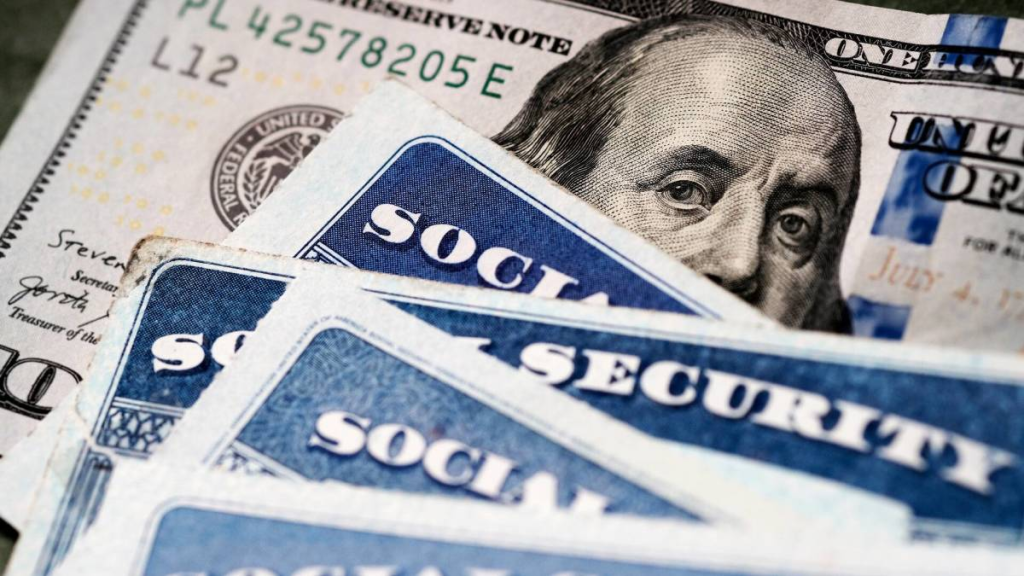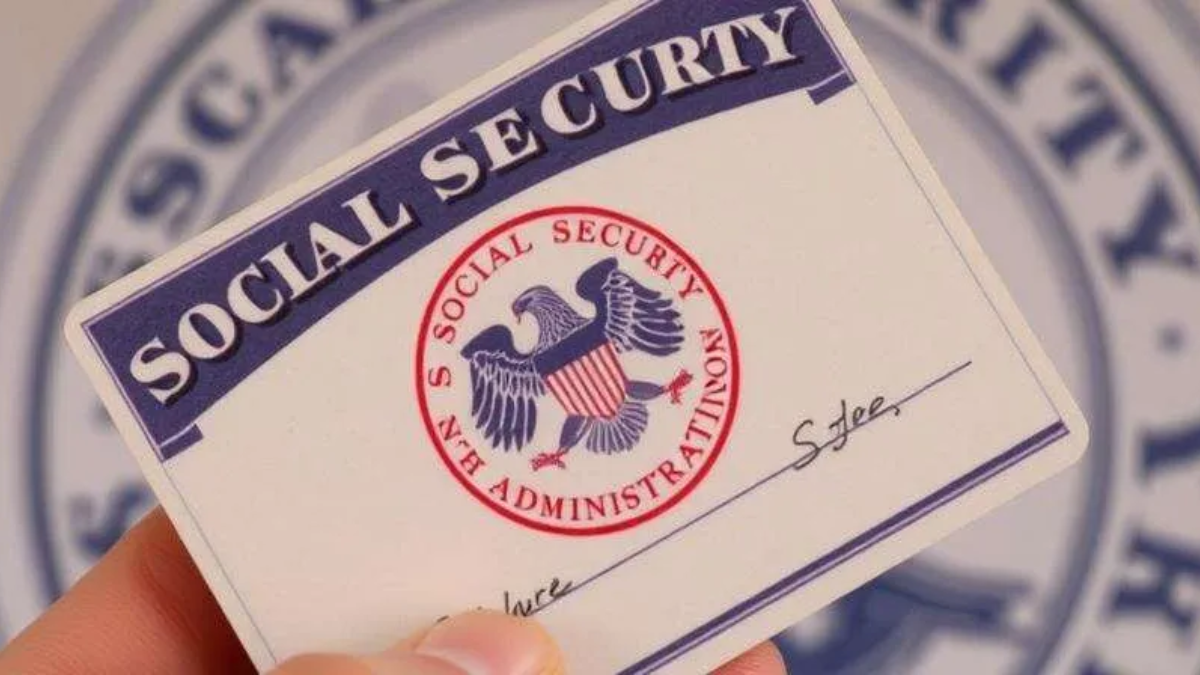WASHINGTON, D.C. — Millions of Americans are set to receive their third round of May Social Security payments in just five days, with the next distribution scheduled for Wednesday, May 21, 2025.
This payment will be delivered to beneficiaries whose birthdays fall between the 11th and 20th of any given month and who began receiving Social Security benefits after May 1997.
The May disbursements, like others throughout the year, follow a structured calendar maintained by the Social Security Administration (SSA), which helps ensure timely and consistent payments to retirees, survivors, and those on disability benefits.
Who Receives Payments on May 21?
The SSA disburses benefits in four separate batches each month based on beneficiaries’ birthdates. The third batch—set for May 21—applies to individuals born from the 11th through the 20th.
These recipients must also have started collecting benefits after May 1997, when the SSA transitioned to the current staggered payment schedule.
Here’s a quick breakdown of the May 2025 Social Security payment schedule:
- May 14 (Second Wednesday): Birthdates between the 1st and 10th
- May 21 (Third Wednesday): Birthdates between the 11th and 20th
- May 28 (Fourth Wednesday): Birthdates between the 21st and 31st
For those who began collecting benefits before May 1997, payments are always issued on the 3rd of each month—regardless of their birthday.
Average Payments and Cost-of-Living Adjustments
The average monthly Social Security benefit for retirees in 2025 stands at $1,997.13, though payment amounts vary based on the individual’s lifetime earnings and the age at which they first claimed benefits.
Here’s a breakdown of the 2025 maximum benefit figures:
- Age 62 (early retirement): Up to $2,831
- Full retirement age (67): Up to $4,018
- Age 70 (delayed retirement credits): Up to $5,108
These figures reflect a 2.5% cost-of-living adjustment (COLA) applied at the beginning of the year, aimed at helping beneficiaries cope with inflation and rising living costs. The COLA is calculated annually based on the Consumer Price Index for Urban Wage Earners and Clerical Workers (CPI-W).
What About Supplemental Security Income?
In addition to traditional Social Security benefits, the SSA administers Supplemental Security Income (SSI), a needs-based program designed to help aged, blind, or disabled individuals with limited income and resources.
SSI payments are typically issued on the 1st of each month, but when that date falls on a weekend or federal holiday, payments are made on the previous business day. In this case, SSI recipients will also receive a second payment on May 30, which serves as their June benefit because June 1 falls on a Sunday.

For 2025, the maximum federal SSI payments are:
- $943 for individuals
- $1,415 for couples
These payments may be supplemented by state-funded benefits, depending on where the recipient lives.
How Are Benefits Delivered?
Social Security payments are disbursed electronically through direct deposit or the Direct Express® Debit Mastercard® program, in line with federal mandates that went into effect in 2013.
Recipients should check their bank accounts or Direct Express cards on the scheduled date. If funds are not visible, SSA advises waiting three mailing days before taking further action. If delays persist, beneficiaries should first contact their bank or card issuer before reaching out to SSA offices.
What Should Beneficiaries Do if Payment Is Late?
If a payment is not received on the expected date, the SSA suggests checking with your bank or financial institution first. Payments may sometimes be posted later in the day depending on the bank’s processing schedule.
If three business days have passed and the payment is still missing, contact the SSA directly. You can reach them by:
- Phone: 1-800-772-1213 (TTY: 1-800-325-0778)
- Online: ssa.gov
For in-person help, appointments at your local SSA field office may be necessary.
Staying Updated and Informed
Beneficiaries are encouraged to create a “my Social Security” account at ssa.gov/myaccount to manage their benefits, view payment history, and receive alerts about upcoming disbursements.
The SSA also offers mobile alerts and newsletters to help recipients stay informed about changes in policy, COLA updates, and other benefit-related announcements.
Planning ahead by tracking the payment calendar is especially helpful for retirees and those on fixed incomes who rely on timely deposits to cover essentials like rent, utilities, and healthcare.
Conclusion
As the third round of May Social Security payments approaches, millions of Americans can expect to see their benefits arrive by Wednesday, May 21. The Social Security program remains a vital financial lifeline for retirees, people with disabilities, and others who depend on steady, predictable income to meet their needs.
Beneficiaries are advised to monitor their accounts and review the official SSA calendar to avoid surprises and plan their budgets effectively. With digital tools and resources widely available, keeping up with Social Security has never been easier—or more essential.
For more information, visit: Social Security Administration – Payment Calendar
Disclaimer – Our team has carefully fact-checked this article to make sure it’s accurate and free from any misinformation. We’re dedicated to keeping our content honest and reliable for our readers.
